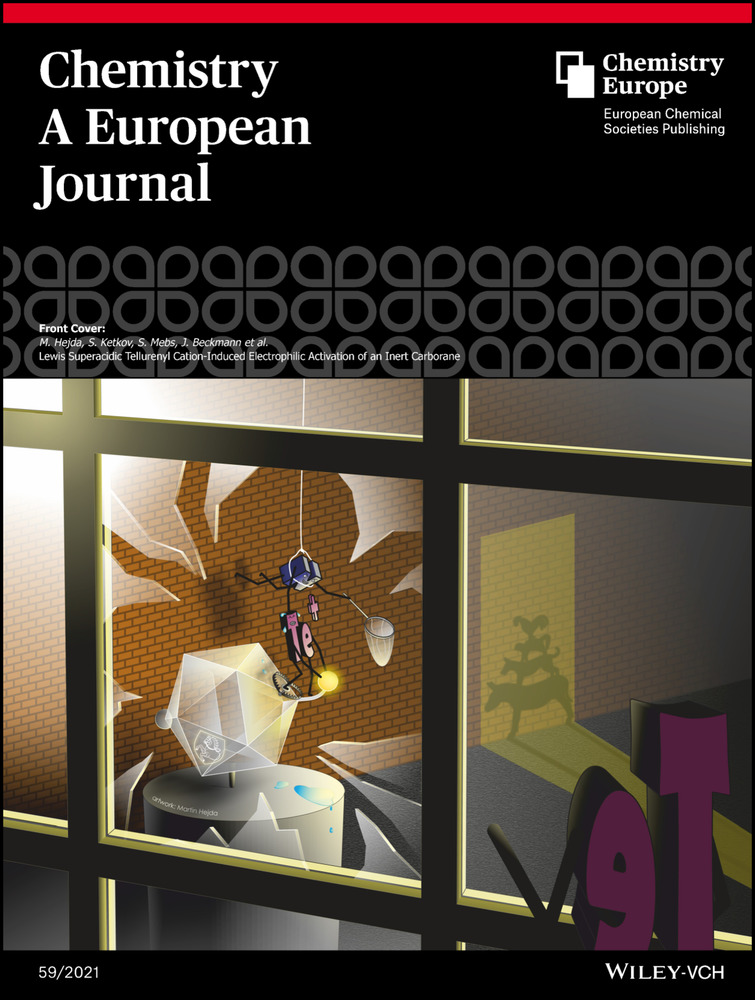|
Authors
Martínez-Edo, Gabriel ; Xue, Evelyn Y; Ha, Summer Y Y; Pontón, Iris ; Xue, Evelyn Y; Ha, Summer Y Y; Pontón, Iris ; González-Delgado, José Antonio; Borrós, Salvador ; González-Delgado, José Antonio; Borrós, Salvador ; Torres, Tomás; Ng, Dennis K P; Sánchez-García, David ; Torres, Tomás; Ng, Dennis K P; Sánchez-García, David
|
Abstract
A pH-responsive drug delivery system (DDS) based on mesoporous silica nanoparticles (MSNs) has been prepared for the delivery of three anticancer drugs with different modes of action. The novelty of this system is its ability to combine synergistic chemotherapy and photodynamic therapy. A photoactive conjugate of a phthalocyanine (Pc) and a topoisomerase I inhibitor (topo-I), namely camptothecin (CPT), linked by a poly(ethylene glycol) (PEG) chain has been synthesized and then loaded into the mesopores of MSNs. Doxorubicin (DOX), which is a topoisomerase II inhibitor (topo-II), has also been covalently anchored to the outer surface of the MSNs through a dihydrazide PEG linker. In the acidic environment of tumor cells, selective release of the three drugs takes place. In vitro studies have demonstrated the endocytosis of the system into HeLa and HepG2 cells, and the subsequent release of the three drugs into the cytoplasm and nucleus. Furthermore, the cytotoxic effect of DOX, CPT and Pc has been assessed in vitro before and upon light irradiation.
|

WoS
Scopus
Altmetrics
 
|
